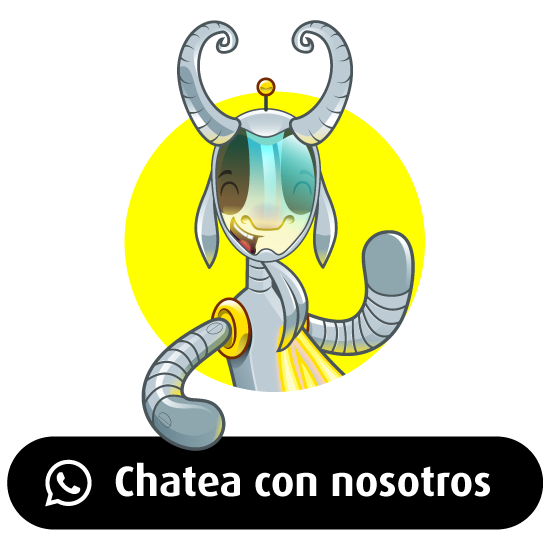La leyenda del tiempo
Un film a dos voces: la de Isra, el niño gitano que tras la muerte de su padre deja de cantar, y la de Makiko, una joven japonesa que viaja a la Isla buscando una forma de entender la vida a través del cante.
Un film a dos voces: la de Isra, el niño gitano que tras la muerte de su padre deja de cantar, y la de Makiko, una joven japonesa que viaja a la Isla buscando una forma de entender la vida a través del cante.
En lo más profundo de las selvas de Guinea Ecuatorial los bandjis o iniciados de bueti invocan a sus espíritus protectores. En este pequeño país africano la población se encuentra sometida desde hace treinta años al cruel azote de los dictadores esangui, que sustentan su poder en las prácticas de brujera, íntimamente ligadas a la ingestión de carne humana. El bueti lucha frontalmente contra estas prácticas antropofógicas en un escenario donde la magia, los conjuros y los hechizos conviven paralelamente al mundo real.
Laura es una profesora universitaria que investiga la vida del legendario Alberto Yarini, el rey de los proxenetas cubanos de principios del siglo XX. En su pesquisa, conoce a Rosendo, temido proxeneta del presente y poseedor de una prenda que adjudican al mítico Yarini. Comprobar la autenticidad de este fetiche se convierte en una obsesión para Laura que la empujará a adentrarse en los más duros parajes del bajo mundo habanero.
Coproducción entre Cuba y Mexico.
Australia´s number 1 publisher of Art magazines has created the best Art magazine. This magazine brings the best of all types of art and explores the whole of the art world. Meet inspiring artists using all forms of mediums including drawing. Also each issue we will meet an amazing photographer who will provide a workshop so you can take great photos to enhance your art work. With regular features on how to set up the perfect studio and road test products. We will also visit galleries from all over the world and local exhibitions and art fairs
Este guia ensina a desenhar, passo a passo, os mais diversos personagens em poses dinâmicas e cheias de emoção! Questões como anatomia, elementos do rosto e do corpo, bem como dicas de proporção são detalhadas em mais de 90 páginas ricamente ilustradas! Aqui você vai encontrar tudo o que precisa para aperfeiçoar seus desenhos.
The Art of Excellence. Art & Antiques is tailored to readers who are actively involved in the international art market. Our editorial policy places special emphasis on the interests of the serious art aficionado—a collector whose passion is acquiring and living with art, antiques and high-end collectibles.
Art in America, the world’s premier art magazine, delivers in-depth coverage of the global contemporary art scene. Published 11 times per year, every issue contains profiles on respected and rising talents, critical essays and reviews of current exhibitions around the world, written by today’s leading artists, curators and historians.
En este libro cautivador y cautivadoramente franco, el cómico Jay Sankey lo cuenta todo, explicando no solo cómo escribir y realizar monólogos cómicos, sino también cómo mejorar y perfeccionar su trabajo. Mucho más que un manual de instrucciones Zen andthe Art of Stand-Up Comedy es el libro más detallado y completo sobre el tema hasta la fecha.
Aunque su simbolismo se nos escapa en gran medida, las artes de la prehistoria ejercen un magnetismo universal. Desde objetos de arte portátiles grabados y esculpidos hasta pinturas rupestres monumentales, estas obras despiertan tantas emociones estéticas como preguntas científicas. A la luz de las investigaciones más recientes, este libro traza un panorama mundial de las artes de la prehistoria y sus representaciones a veces naturalistas, a veces esquemáticas, donde humanos, animales e híbridos, presas y depredadores, vida y muerte, escenarios cotidianos se codean. y mundos de ensueño.
